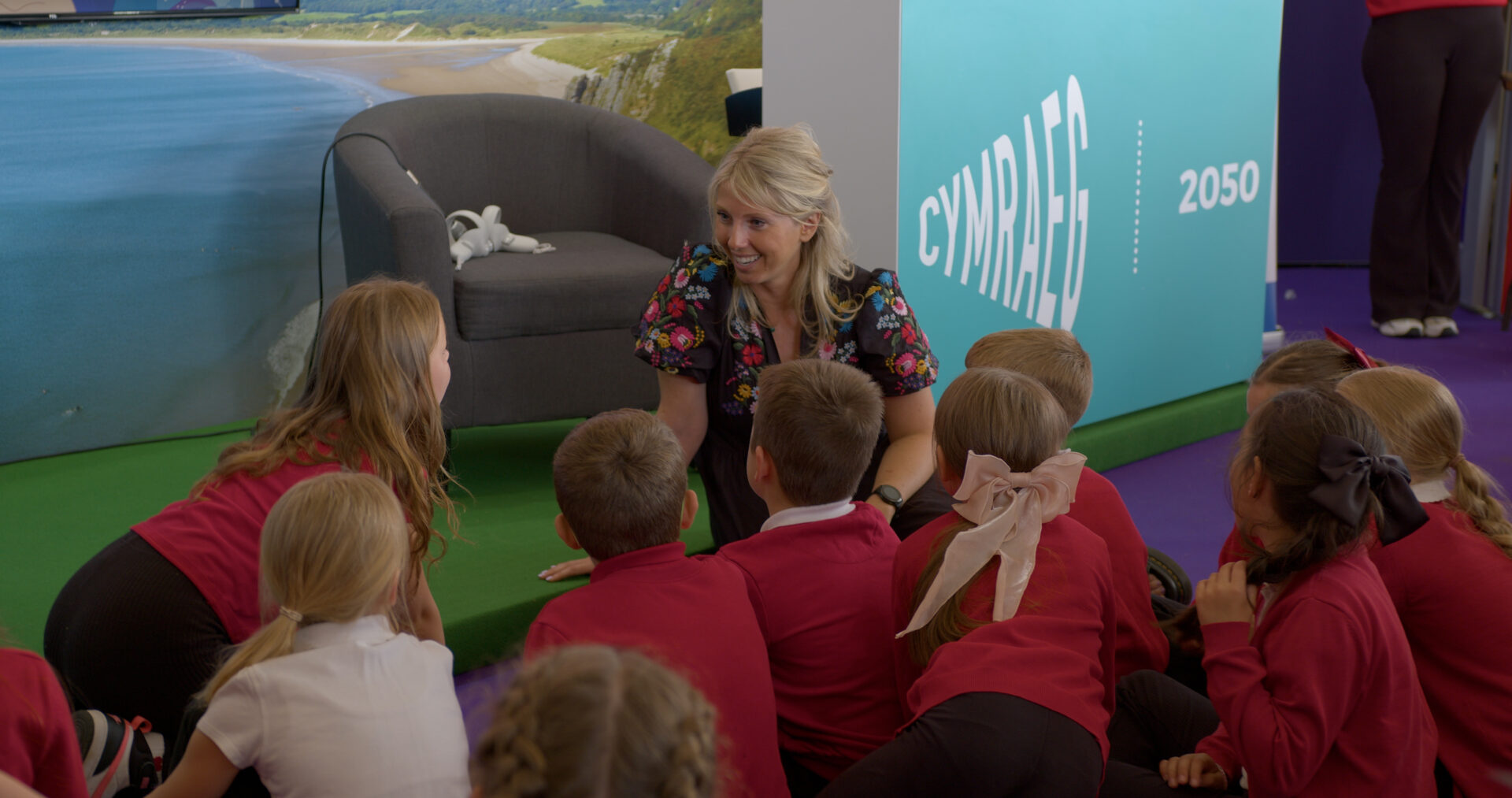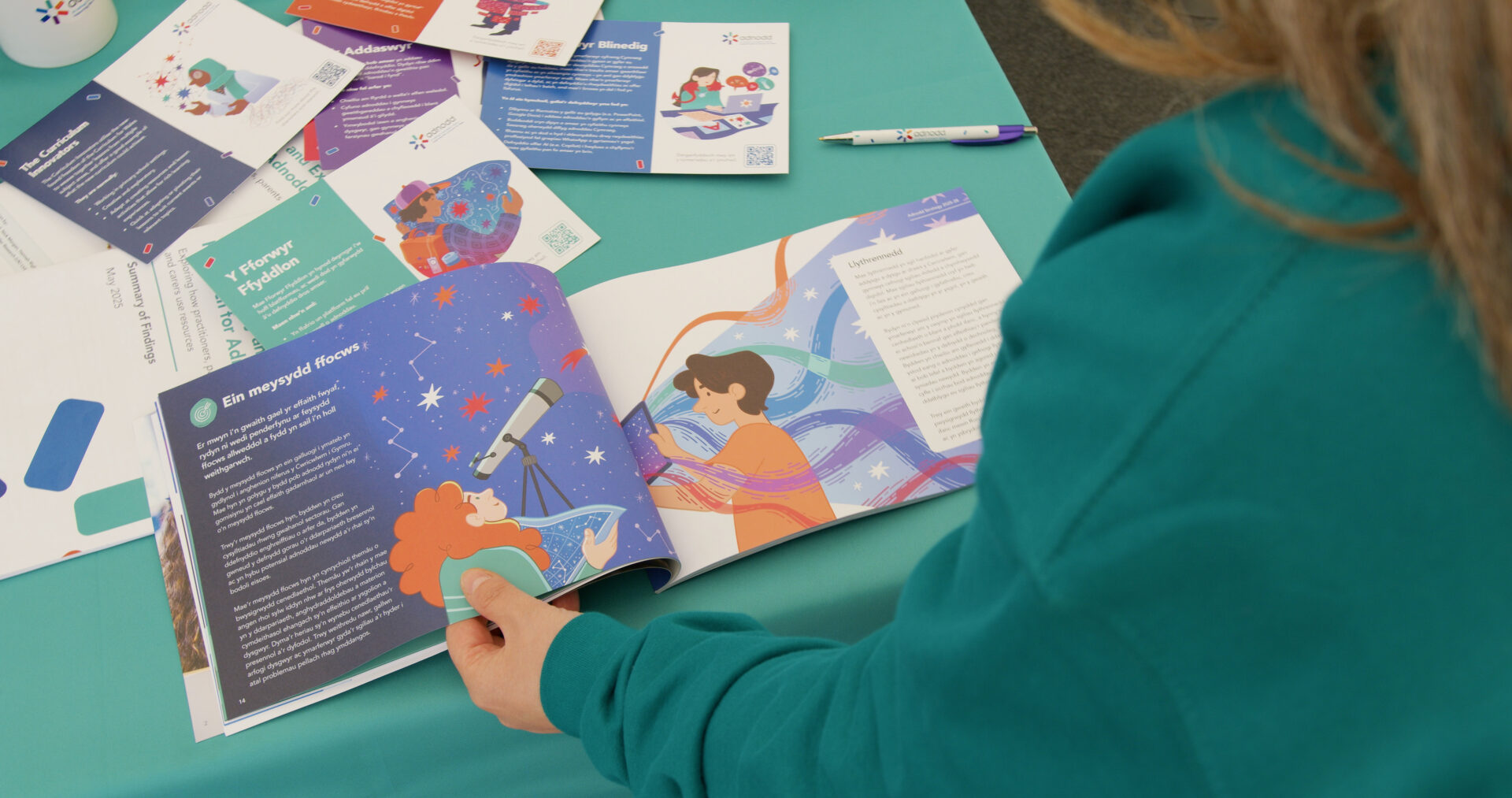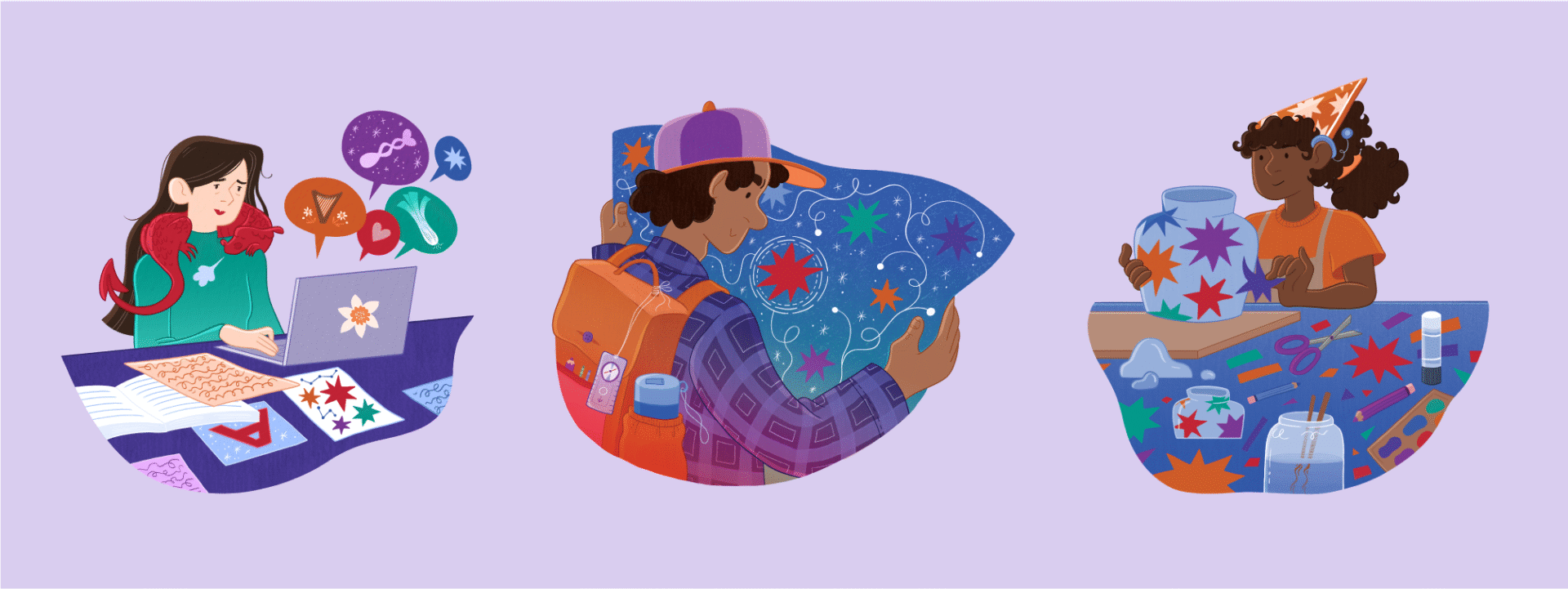Blog: Putting users at the heart of educational resource delivery
Learn how Adnodd is using insights from our users to improve educational resources and how people access them.
Adnodd puts resource users at the heart of everything we do. By listening carefully, testing regularly, and learning from real experiences, we aim to develop services and commission resources that truly respond to users’ needs.
Using research to understand user needs
Working together with Welsh Government, we commissioned Miller Research to conduct an in-depth study on how users access and engage with educational resources, both through Hwb and other platforms.
The study also focused on understanding user behaviours and identifying opportunities to improve the experience of how users access bilingual resources. This is particularly important for the Curriculum for Wales and the unique challenges of supporting both Welsh- and English-medium education settings.
The research findings have been integral in shaping our strategic direction. They inform our commissioning and quality processes, ensuring we commission and publish accessible and bilingual resources that support and inspire learning across Wales.
User engagement matters
In a rapidly evolving world, where Artificial Intelligence (AI) is becoming an integral part of our everyday lives, it has never been more important to remember what makes us human and ensure that products and services are centred around people.
While it is easy to ask AI to generate ideas, this should never replace engaging with real people to discuss genuine problems and collaborating on solutions.
Personally, I believe user research is the most crucial stage in the discovery of any product or service. There is nothing more rewarding than collaborating with users to explore problems and turn them into opportunities for creative solutions.

What the research found
The research revealed a complex picture of how resources are used across Wales, highlighting both the adaptive strategies of practitioners and the evolving needs of families.
Key findings of the research include:
- Practitioners are resourceful but stretched: Many search for, adapt, and occasionally create their own resources to meet the immediate needs of their classrooms.
- Time is a major challenge: Practitioners often use personal time to find or translate resources, facing frustration from poor search tools and a lack of clear links with the Curriculum for Wales.
- There’s a gap in editable Welsh-medium content: Many practitioners translate English resources themselves due to a lack of high-quality bilingual options.
- A strong demand for smarter tools: The research highlighted the need for a platform that supports easy sharing, bilingual editing, smart search, and AI-powered features that are better aligned with the Curriculum for Wales.
- Families are actively involved: Parents and carers use resources to support homework and learning, especially in literacy and numeracy. They require quick, reliable, bilingual content that doesn’t require multiple subscriptions or specialist knowledge.
You can learn more about the research and download a summary report by the clicking below button.
Read the research
Meet the archetype characters
As part of this research, we developed seven archetype characters who represent the diverse spectrum and behaviours of key user groups.
Unlike traditional personas, which often focus on demographics, these archetypes are built around users’ goals, behaviours, and needs across different tasks and contexts. This approach helps avoid fixed labels and gives a more flexible, inclusive view of how people interact with educational resources.
At this year’s Eisteddfod yr Urdd, I had the privilege of speaking in depth with many practitioners about the archetype characters. It was exciting to hear how everyone I spoke with could see themselves reflected in one or more of the characters. It was rewarding to see people engaging with the research and it has provided a brilliant springboard for further discussion and development.
Want to see if you relate to any of the archetype characters? Click the below button to learn more.
Archetype charactersUsing research to inform practice
We are now working with Hwb to turn insight into action by using the research findings to shape a series of strategic design workshops.
These sessions will draw on tools such as:
- Empathy maps and jobs-to-be-done canvases to build a clearer understanding of what users are thinking, feeling and trying to achieve.
- Service blueprints to map and address key challenges across the user journey.
- Opportunity solution trees to support purposeful decision-making by linking outcomes to real user needs and practical actions.
- An ideal user experience map, which is a storyboard-style visualisation that highlights the moments that matter, user emotions, and opportunities to deliver greater value across all touchpoints.
Our approach aims to enhance the user experience, from discovering resources to using them effectively, ensuring decisions are rooted in user insights whilst aligning with the four purposes of the Curriculum for Wales.
Blog by Kirk Tierney, Digital and Experience Manager
